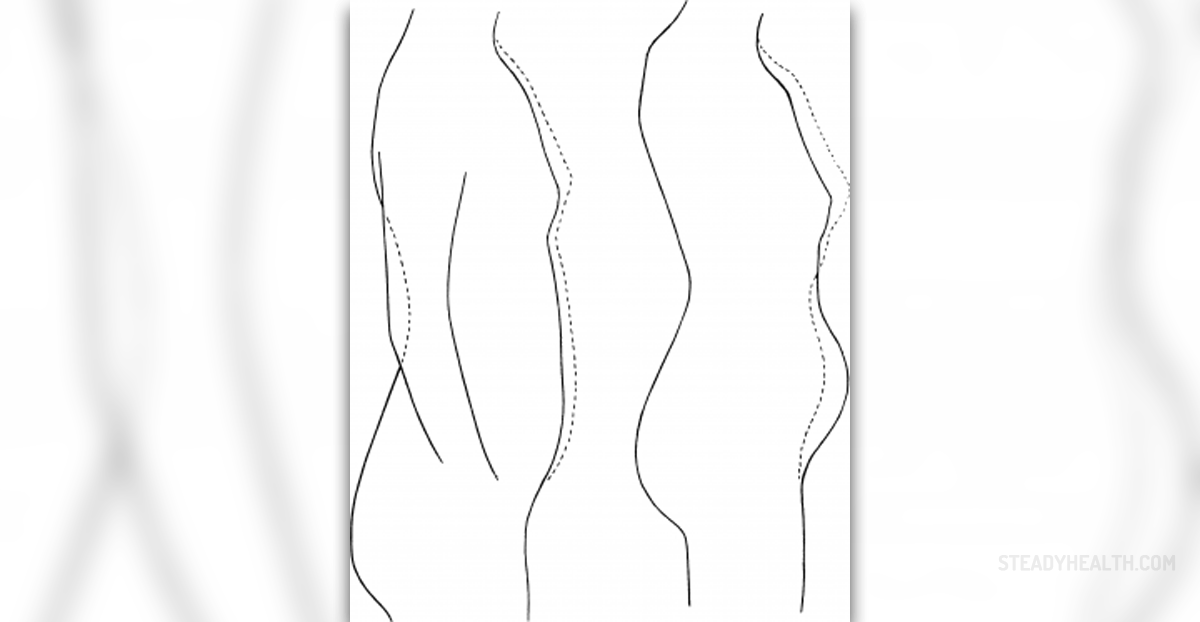
Breathing Makes a Difference
Pregnant, future mothers, probablyspend hours of their pregnancy being worried about the labor and thepain and possible complications which can be caused then. However,there are breathing techniques which can help both you and your babyto endure this process much easier. All you need to do is to ensure abreathing pattern which supplies your organism with sufficient oxygenand help you endure your contractions, making them less painful.
Breathing Techniques While Giving Birth
One of the first rules for breathingwhile giving birth is to seek a pattern. Namely, you need to breatheequally. First, you can close your eyes and concentrate on how youusually breathe. You will notice certain repeating factors likebreathing in, making a small pause and breathing out. What you needto do, is breathe evenly and deeply, making sure your exhales arelonger or equal to your inhales. This reduces the pain and discomfortof contractions greatly. You may develop a tactic involving countingwhile breathing. Count to three as you breathe in, make the smallpause and count to four as you exhale. Also, make sure you breathe inthrough your nose and breathe out through your mouth. Alternatively,you might want to produce some relaxing sounds while you exhale.
Before the delivery, you can practicebreathing with your partner. In fact, during the labor, he can be ofgreat assistance, helping you coordinate breathing by performing ithimself.
There was an old medical practice whichinvolved motivating women to push during most of the labor process.However, nowadays, this is different since women are motivated topush not more than 4 times during a contraction. This reduces risksof injuries by tearing. Alternatively, if a women was administeredepidural anesthesia, she should not commence with the pushing untilan hour afterwards. Naturally, if, during this period, the babystarts coming out with a visible head, pushing will be necessarynevertheless.
Finally, while giving birth, if thewoman has not been completely dilated yet, she should try to changepositions, moving to the side, or standing on all fours. Then, shecan perform specific patterns when struck by a contraction, involvingfour deep breaths while exhaling, having smaller breaths whileinhaling interchangeably.
These are the best breathing techniquesfor a woman in labor. Nevertheless, these should be practicedbeforehand as well. A woman can practice breathing this way with herpartner, preparing for the real thing, making the whole processeasier both for her and her baby, as well as the surgeon.

















Your thoughts on this
Loading...